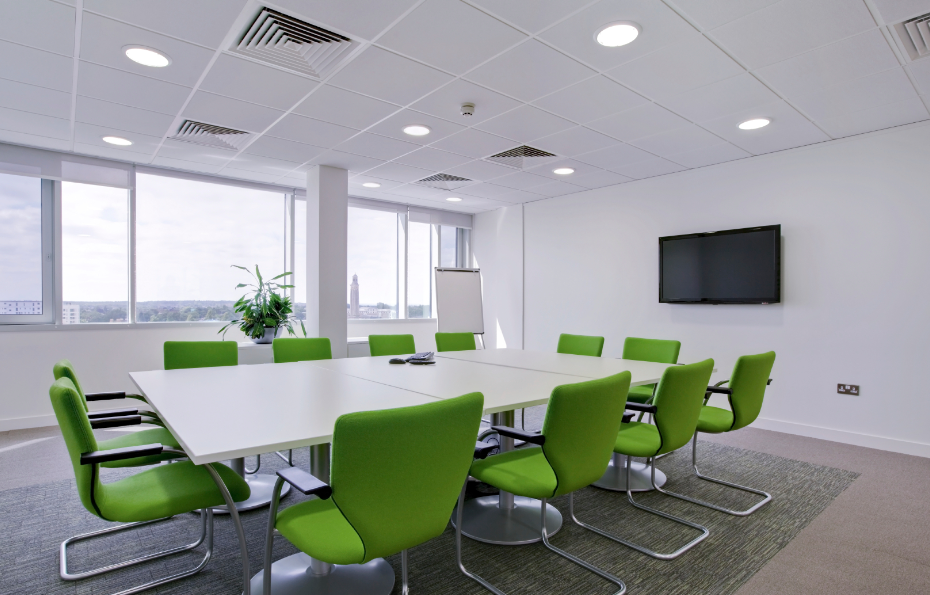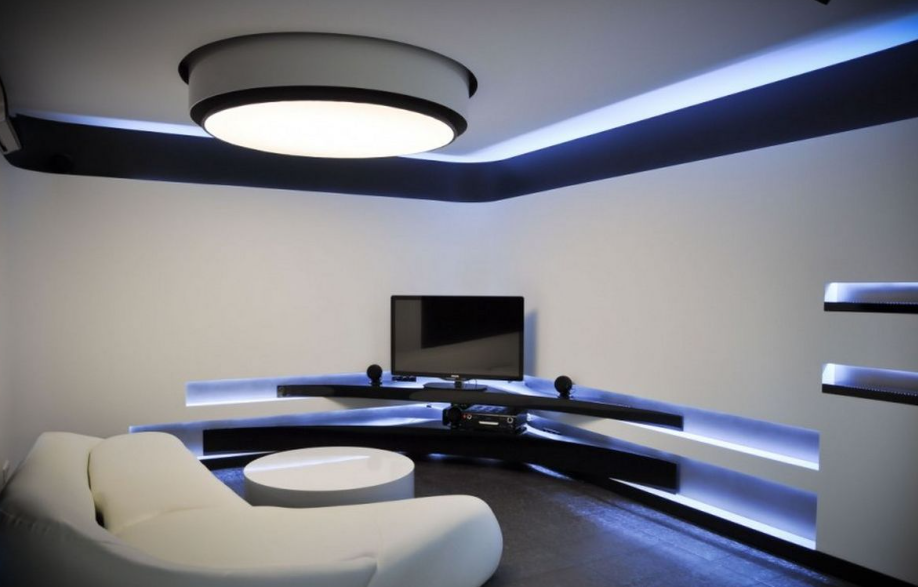When it comes to transforming your living spaces into well-lit, inviting havens, LED lighting stands out as a modern and energy-efficient choice. Gone are the days of dim and flickering incandescent bulbs. It offers a multitude of options to brighten your home while being environmentally conscious. In this guide, we’ll walk you through the essential considerations to help you choose the right lighting that perfectly complements your home decor and lighting needs.
Wattage and Lumens
Gone are the days of measuring light by watts alone. LED lighting operates with much lower wattage while producing higher lumens. Lumens indicate the actual brightness emitted. When replacing traditional bulbs, check the lumens on the packaging to ensure you’re getting the desired level of illumination. This will lead to energy savings and well-lit rooms.
Colour Temperature
The colour temperature of LED lighting significantly impacts the ambience. Cool white light (4000-6000K) is ideal for work areas, while warm white light (2700-3000K) suits living and relaxation spaces. Daylight white (6000-7000K) is akin to natural light and can be used to brighten basements or garages. Match the colour temperature to the room’s purpose for optimal effect.

Dimming Compatibility
Check whether the LED bulbs you’re considering are dimmable, especially if you want to create varying moods in a room. Not all LEDs are dimmable, and using non-compatible bulbs with a dimmer switch can lead to flickering or reduced lifespan. Ensure your home’s fuse box supports dimmable LED lighting.
Longevity and Warranty
One of the significant advantages of LED lighting is its long lifespan. LEDs can last up to 25,000 hours or more, compared to the average 1,000 hours of incandescent bulbs. When purchasing, look for reputable brands that offer warranties, as this signifies their confidence in the product’s quality.
Energy Efficiency
Choosing it is a conscious step towards energy efficiency. LEDs consume significantly less power than incandescent bulbs and even compact fluorescents. This not only reduces your energy bills but also contributes to a greener environment.
Conclusion
In conclusion, LED lighting is a versatile and efficient choice to illuminate your home. By considering the purpose of each room, wattage and lumens, color temperature, dimming compatibility, longevity, and energy efficiency, you can make informed decisions that enhance both the aesthetics and functionality of your living spaces. Say goodbye to outdated lighting solutions and embrace the bright future of LED illumination.

